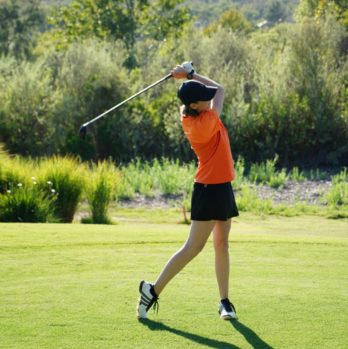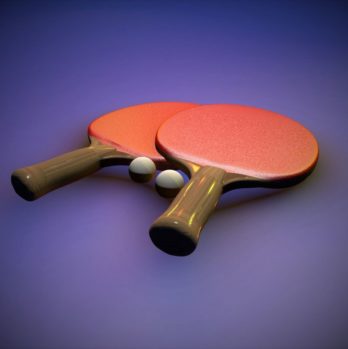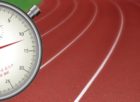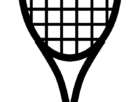Cristiano Ronaldo Diet: A Comprehensive Guide to his Nutrition Strategies

Cristiano Ronaldo Diet: Unveiling the Secrets Behind Ronaldo’s Success
Introduction:
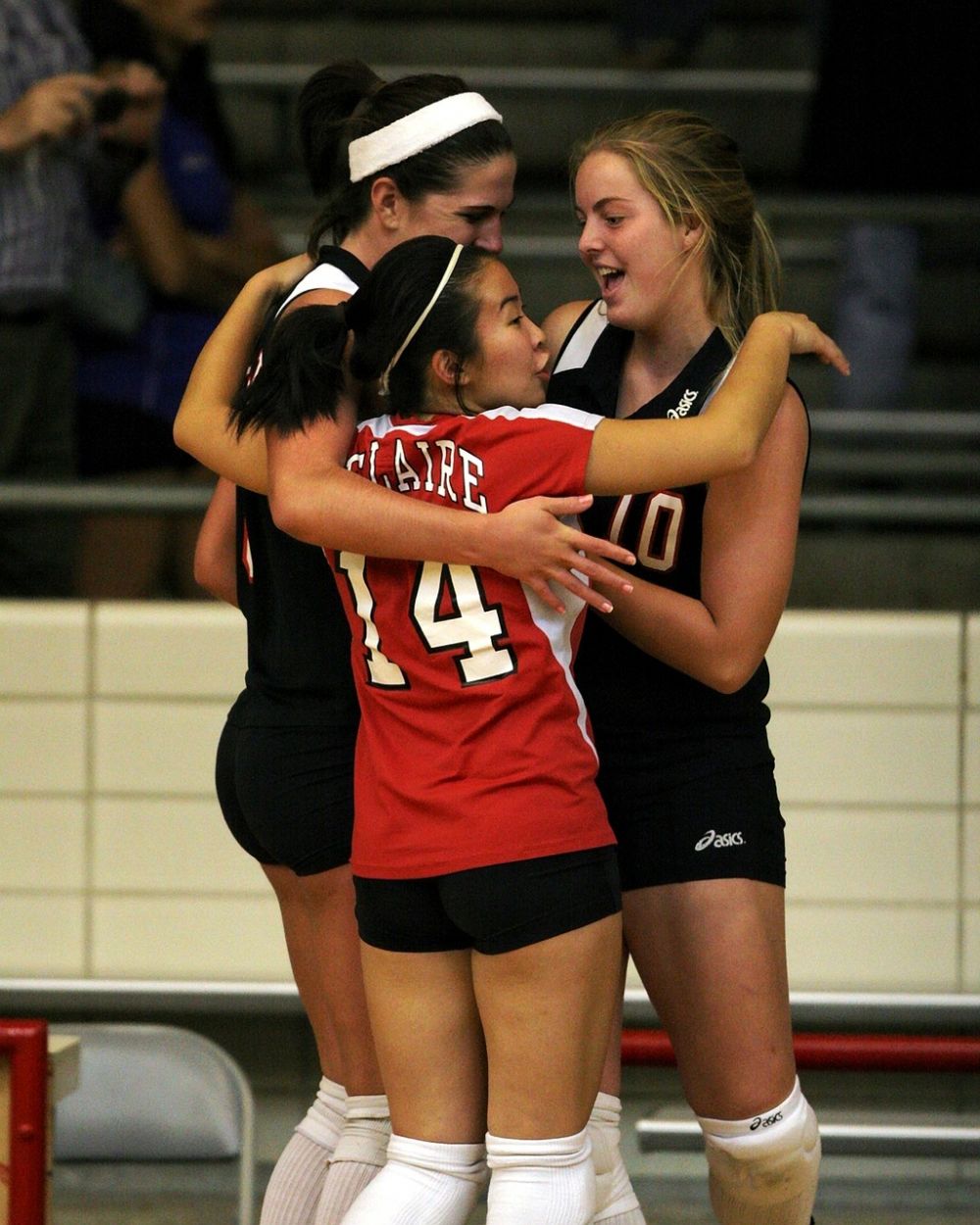
Cristiano Ronaldo is not only one of the world’s greatest football players, but he is also known for his incredible physique and fitness. It is no secret that Ronaldo’s diet plays a crucial role in maintaining his performance on the field. In this article, we will delve into the details of the Cristiano Ronaldo diet, exploring its various types, popular choices, and the quantitative measurements associated with it. Additionally, we will discuss the differences between these diets, their historical overview, and the pros and cons associated with each.
An Overview of Cristiano Ronaldo Diet
The Cristiano Ronaldo diet focuses on maintaining a balance between macronutrients such as carbohydrates, proteins, and fats, along with incorporating micronutrients from fruits and vegetables. It emphasizes the consumption of whole foods, avoiding processed and sugary items. Ronaldo’s diet is customized to meet his specific nutritional needs as a professional athlete, aiming to optimize his performance and enhance recovery.
Understanding Cristiano Ronaldo Diet Choices
1. Mediterranean Diet: Ronaldo often follows a Mediterranean diet, which is rich in fruits, vegetables, whole grains, lean proteins, and healthy fats. This diet is known for its heart-healthy benefits and has been associated with reducing the risk of chronic diseases.
2. High Protein Diet: Ronaldo also includes a high protein diet in his regimen, focusing on lean sources such as chicken, fish, eggs, and legumes. Protein helps repair and build muscles, which is crucial for an athlete like Ronaldo.
3. Low Carb/High Fat Diet: Another diet approach Ronaldo has experimented with is a low carbohydrate and high-fat diet. This approach aims to train the body to utilize fat as a primary fuel source, leading to increased fat burning and energy levels.
Quantitative Measurements in Cristiano Ronaldo Diet
Ronaldo’s diet incorporates quantitative measurements to ensure he is meeting his nutritional requirements accurately. These measurements include:
1. Caloric Intake: Ronaldo consumes a specific number of calories based on his training intensity and goals. This is often determined by his dedicated nutritionists, who closely monitor his performance and make adjustments accordingly.
2. Macronutrient Ratios: Ronaldo’s diet focuses on balancing macronutrients to optimize his performance. This typically involves consuming a higher percentage of protein to support muscle growth and recovery, moderate amounts of carbohydrates to provide energy, and healthy fats for cellular functions.
3. Hydration: Staying hydrated is crucial for Ronaldo’s performance. He maintains a consistent water intake throughout the day and monitors his urine color to ensure proper hydration levels.
Exploring the Differences Between Cristiano Ronaldo Diets
There are various factors that differentiate the different Cristiano Ronaldo diet choices:
1. Macronutrient Distribution: The distribution of macronutrients varies in different diets. While the Mediterranean diet emphasizes a balanced proportion of carbohydrates, proteins, and fats, the high protein diet places greater emphasis on protein intake. In contrast, the low carb/high-fat approach significantly reduces carbohydrate intake.
2. Specific Food Choices: Different Cristiano Ronaldo diets involve specific food choices. The Mediterranean diet focuses on whole foods like fruits, vegetables, whole grains, and olive oil. In comparison, the high protein diet emphasizes lean sources of protein, and the low carb/high-fat diet encourages healthy fat sources.
Historical Overview of Pros and Cons
1. Pros of Cristiano Ronaldo Diets: Ronaldo’s diets have several benefits, such as improved athletic performance, increased energy levels, enhanced muscle growth, and quicker recovery. These diets also promote overall health and reduce the risk of chronic diseases.
2. Cons of Cristiano Ronaldo Diets: Some potential drawbacks of these diets include the need for meticulous planning and monitoring, potential nutrient deficiencies if not properly planned, and adherence challenges for individuals without professional support.
Conclusion:
Cristiano Ronaldo’s diet plays a vital role in his success as an elite athlete. Whether following a Mediterranean diet, high protein diet, or low carb/high-fat approach, Ronaldo’s focus on whole foods and accurate quantitative measurements ensures he maintains his optimal performance levels. While each diet has its distinguishing factors and historical pros and cons, it is crucial to remember that individual needs and preferences vary. Seek professional guidance before embarking on any specific diet and remember that maintaining a well-rounded, balanced approach to nutrition is key for personal health and wellness.

